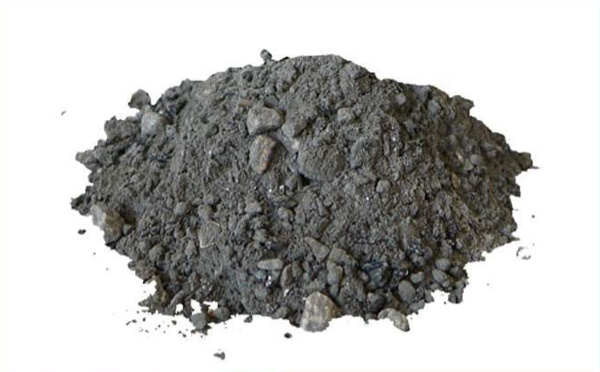- 13
- Oct
How to choose wear-resistant castables for vulnerable parts such as coal injection nozzles at the mouth of cement kilns?
How to choose wear-resistant castables for vulnerable parts such as coal injection nozzles at the mouth of cement kilns?
In the new dry-process cement kiln, the kiln mouth, coal injection nozzle and other positions suffer from obvious effects of high temperature, thermal shock, corrosion and damage, and high-quality unshaped refractory insulation materials must be used. Under normal conditions, heat-resistant and refractory castables for cement kilns contain minerals such as refractory, mullite, andalusite, and silicon carbide.
①Raw material characteristics. Refractory is divided into calcined refractory and electric fusion pipe fittings. Among them, the refractory of electric fusion pipe fittings is obtained by melting iron oxide or bauxite in a heating furnace and then water cooling. The fused pipe fittings have large refractory crystals, high relative density, few vent holes and high strength. Calcined refractory has small crystals, many vent holes and low strength, but it has better thermal shock resistance. On the whole, the fire resistance and abrasion resistance are very good, but the heat shock resistance is poor, the heat transfer is great, and the adhesion of the alkali-resistant primer is very poor.

Mullite is also divided into two types: calcined and fused pipe fittings. Among them, the characteristics of fused mullite pipe fittings are stronger. On the whole, mullite has the characteristics of good high-temperature volumetric reliability, high thermal compressive strength, strong stress relaxation resistance, medium-level high-temperature shock resistance and low heat transfer.
Andalusite is one of the minerals in the kyanite group. Kyanite minerals refer to several homogeneous minerals with the chemical formula Al2O3-SiO2: kyanite, andalusite and sillimanite. The relevance of these types of crystals is high refractoriness, pure color and good adhesion resistance. During the whole process of calcination, they change to mullite and chemical substances with high sio2 water content, and are accompanied by volume expansion (Kyanite is 16% ~18%, andalusite is 3%~5%, sillimanite is 7%~8%).
When 1300~1350℃, kyanite changes into mullite and calcite, and changes with the volume of +18%. The intake of kyanite is restricted due to the excessive increase. The swelling caused by the change of kyanite can be used to offset the shrinking of indeterminate refractory insulation materials, and the resulting mullite can be used to improve the thermal shock resistance of refractory castables. However, calcite caused by kyanite conversion is not good for thermal shock resistance.
At 1400°C, andalusite transforms into mullite and high-silicon laminated glass phase, and changes with the volume of +4%. Because the swell is small, it is beneficial to increase the intake of andalusite. The swelling caused by the changes of andalusite can be used to offset the shrinking of the indeterminate refractory insulation materials, and the resulting mullite can be used to improve the thermal shock resistance of refractory castables. The difference is that the high-silicon laminated glass phase caused by andalusite conversion has a very low linear expansion coefficient, which is very beneficial to improve the thermal shock resistance of refractory castables.
1500 ℃, sillimanite transforms into mullite; and changes with the volume of +8%. Theoretically, the swelling caused by the change of sillimanite can be used to offset the shrinking of unshaped refractory insulation materials, and the resulting mullite is also beneficial to improve the thermal shock resistance of refractory castables.
Therefore, kyanite is commonly used as antiseptic in low and medium unshaped refractory insulation materials; andalusite is commonly used as antiseptic in medium and high-grade unshaped refractory insulation materials; the change temperature of sillimanite is too high, and it is usually uncomfortable to cooperate with unshaped refractory insulation. Expansion agent application of the material.
